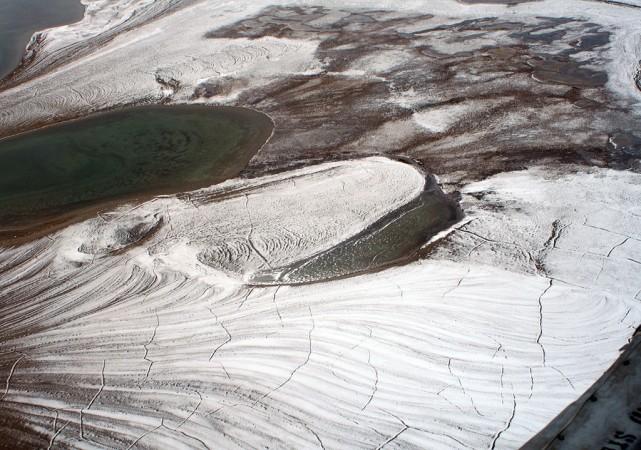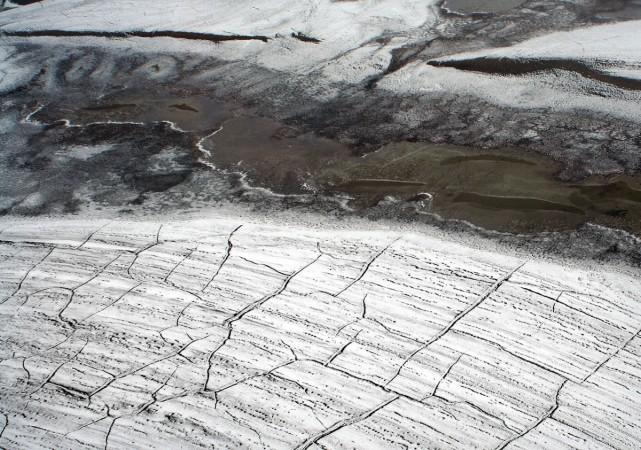
Scientists have discovered that the permafrost in the northern hemisphere has been hiding huge amounts of natural mercury for thousands of years.
The massive reserves of the chemical element, almost twice as much as the rest of the Earth's natural mercury combined, have raised serious concerns as the release of the dangerous toxin in a warming climate can have harmful neurological and reproductive effects in both humans and animals.
As part of a new study, scientists measured mercury concentrations in permafrost cores from Alaska, and also estimated the amount of mercury that has been stored in the Arctic permafrost since the last Ice Age.
Further analysis revealed that northern permafrost soils are the largest reservoir of mercury on Earth, nearly double the combined amount of mercury found in all other soils, the ocean and the atmosphere. The study was published in the journal Geophysical Research Letters on Monday.
"This discovery is a game-changer," Paul Schuster, a hydrologist at the US Geological Survey in Boulder, Colorado, and the study's lead author, said in a statement. "We've quantified a pool of mercury that had not been done previously, and the results have profound implications for better understanding the global mercury cycle."
That's a lot of mercury
According to the scientists, the northern hemisphere's permafrost contains about 793 gigagrams (793 million kilograms) of frozen mercury, an amount that is estimated to be roughly 10 times more than all human-caused mercury emissions in the last three decades.
In addition, the study revealed a combined mercury concentration of 1,656 gigagrams in all frozen and unfrozen soil in northern permafrost regions, making it the largest reservoir of mercury ever discovered on the planet.

Let it remain frozen!
Scientists said that the scary amounts of mercury can't harm the environment as long as everything remains frozen. But the planet's continuously rising temperatures due to climate change can melt much of the existing permafrost layer in the northern hemisphere, potentially releasing a large amount of mercury that can affect ecosystems around the world.
"There would be no environmental problem if everything remained frozen, but we know the Earth is getting warmer," Schuster said. "Although measurement of the rate of permafrost thaw was not part of this study, the thawing permafrost provides a potential for mercury to be released — that's just physics."
What if the mercury gets released?
Scientists are yet to determine exactly how much of the stored mercury will have serious environmental implications if the permafrost were to thaw due to global warming.
However, researchers fear that the released mercury, if transported across surrounding waterways, can be taken up by microorganisms and be transformed into methylmercury — a dangerous toxin that causes neurological effects in animals.
"The consequences of this mercury being released into the environment are potentially huge because mercury has health effects on organisms and can travel up the food chain, adversely affecting native and other communities," Steve Sebestyen, a research hydrologist at the USDA Forest Service in Grand Rapids, Minnesota, said in the statement.

















